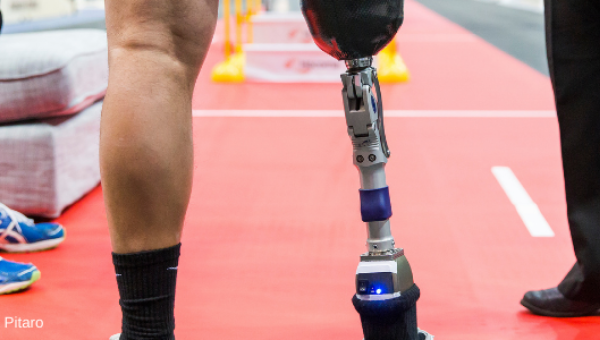Head impacts monitoring sensors

A new built-in helmet sensor protects athletes from the lifelong trauma of brain injuries.
Life as an athlete is exciting and filled with emotion. But in contact sports such as boxing, American football or ice hockey, the long-term physical consequences can be serious.
A recent study by Boston University found that more than 90% of NFL players who died had a neurodegenerative disease known as chronic traumatic encephalopathy (CTE). This disease is caused by concussions and head injuries.
Reducing brain injuries
Bearmind, an EPFL spin-off, has set itself the goal of minimising long-term brain damage in contact sports. Since 2021, Mathieu Falbriard, who holds a PhD in motion analysis from the EPFL, has been collaborating with co-founders Tom Bertrand and Benoît Mariani in the development of integrated helmet sensors and software to monitor impact in sports and evaluate the risk and severity of brain injuries. The technology can also be used in real time to transmit a signal in the event of a collision or risk of concussion. As well as helping to reduce injury risk, the technology can also reduce insurance costs while optimising player performance.
Pilot project with Swiss National League
The Lausanne-based start-up launched a pilot project with Lausanne Hockey Club and entered into collaboration with various clubs of the Swiss National League in 2022. Since then, Bearmind has worked towards clinical validation with professional hockey clubs, Lausanne University Hospital (CHUV) and the EPFL.
“Our smart sports helmet aims to inform about the cumulative risks associated with repetitive head impacts and help understand what is an acceptable exposure for the health and performance of the players.”
Adaptable to most contact sports
Bearmind began its work with ice hockey teams, but its technology is adaptable to most impact sports. A recent seed round worth CHF 1.3 million will allow the team to continue its scientific and clinical research efforts, focus on product development, establish new partnerships and acquire customers.




